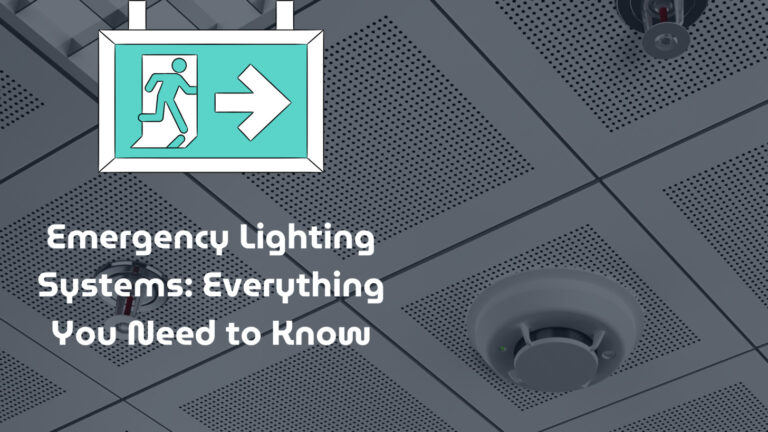
Lighting Design Concepts
1. Foundational Lighting Principles
Architectural Lighting Perception Psychology
Why It Matters
95% of spatial experience is visual, and the way light interacts with surfaces determines how we perceive depth, texture, and ambiance. Effective lighting design enhances user experience while ensuring regulatory compliance and energy efficiency.
Key Concepts from Research
Constancy Principle: The human brain compensates for lighting variations. To ensure consistency, maintain surface luminance ratios within a 3:1 range between task and ambient areas.
Gestalt Laws: Group fixtures to form cohesive patterns, aligning lighting grids with architectural rhythms.
Vertical vs Horizontal Illuminance:
Task Areas: 300-500 lux horizontal (e.g., desks)
Circulation: 150 lux vertical (walls at 1.2m height)
Implementation Tip: Use adjustable wallwashers (25°-45° beam) to maintain 50-70 cd/m² on vertical surfaces, which is crucial for wayfinding in corridors and lobbies.
2. Glare Control Strategies
UGR 19 Office Lighting Solutions
The Problem
Glare reduces visual comfort by 40% in modern open-plan offices, leading to eye strain and decreased productivity.
Science-Based Solutions
| Space Type | Max UGR | Fixture Strategy |
|---|---|---|
| Computer Offices | 19 | Microprismatic louvres + indirect lighting |
| Retail Displays | 22 | Asymmetric reflectors (cutoff >45°) |
| Industrial | 25 | High-bay fixtures with deep parabolic cells |
Pro Tip: For retrofit projects, calculate existing UGR using:
Where = background luminance, = luminaire luminance, = solid angle.
3. Layered Light Matrix
Modular Lighting Layers for Commercial Spaces
Optimal Ratios for Human-Centric Design:
| Layer | Function | % Total Load | Key Metrics |
| Ambient | Base illumination | 40% | 100-200 lux, 80+ CRI |
| Task | Activity support | 35% | 300-750 lux, UGR <19 |
| Accent | Spatial emphasis | 25% | 5:1 contrast ratio |
4. Sustainable & Circular Economy Lighting
Disassembly-Ready Luminaire Specifications
The 5-Minute Rule: Any component (drivers, lenses, mounts) should detach without specialized tools.
Material Checklist:
Housings: Recycled aluminum (75%+ post-industrial content)
Optics: Glass > PMMA (enables 10+ refurbishment cycles)
Connectors: Tool-less Zhaga interfaces (Book 18 compliant)
Maintenance Hack: Specify fixtures with QR-coded material passports that allow instant access to disassembly guides and recycling codes.
5. Cost-Optimized Layout Formulas
Lighting Calculation Methods for Open Offices
3 Essential Equations
Utilization Factor (UF): Aim for UF >0.6 in offices.
Spacing-to-Height Ratio: Max 1.5 for UGR compliance.
Lifecycle Cost Calculation:
Pro Tip: Use these formulas during the schematic design phase to compare LED vs fluorescent options.
6. Biological Lighting Metrics
Melanopic Lux Calculation for Offices
Beyond Illuminance:
EML (Equivalent Melanopic Lux): Maintain 200+ during morning hours
CS (Circadian Stimulus): Target 0.3-0.4 for daytime alertness
Implementation:
Use 2700K-5000K tunable white systems
Program 30-minute dawn/dusk transitions
Install vertical luminance sensors (1.2m height)
Pro Tip: Layer warm indirect lighting (2700K) with 4000K task spots to balance comfort and focus.
7. Future-Proofing Strategies
Smart Integration:
DALI-2 drivers with NTC thermistors (predicts lumen depreciation)
QR-coded material passports linked to blockchain ledgers
8. CIBSE Recommended Lighting Levels
| Application | Recommended Lux Levels |
| General Offices | 500 lux |
| Computer Workstations | 300-500 lux |
| Retail Small Outlets | 500 lux |
| Supermarkets | 750 lux |
| Banks & Public Areas | 300 lux |
| Kitchens | 300-500 lux |
| Entrance Halls | 200 lux |
| Corridors & Stairs | 100-150 lux |
Why This Matters Now
Modern lighting design balances four competing priorities:
Energy Regulations – EU EPBD 2024 mandates 85% recyclable luminaires
Occupant Well-being – WELL v3 requires melanopic light tracking
Circular Economy Targets – 70%+ material recovery by 2027
Architectural Aesthetics – Lighting must enhance spatial perception
Lighting Calculators
Specification for the 21st century
Find the Right Downlight Spotlight Batten Exit Sign Lightline Panel Bulkhead For Your Project 300% Faster
You can ask for anything, and it will search through every possible combination of products that match your specification.
Here are a few examples:
“Give me a downlight with an 80mm cut out”
“Match the attached spec with your products”
“I’m looking for a RAL9016 downlight that’s DALI dimmable”
It’s also trained on general international lighting standards and emergency lighting compliance.

The Neuroscience of Light
Discover the neuroscience of light with our ultimate guide. Learn how lighting impacts human behaviour and wellbeing, and optimise your lighting design for better outcomes.

Recessed Office LED Panels: Clean & Professional Lighting Finishes
Discover our range of LED recess‑mounted office panels, designed for clean and professional lighting finishes in commercial spaces.

Find the Best LED Emergency Bulkhead Light for Your Building (With Real Product Examples)
Discover the best emergency bulkhead light for your building with our comprehensive buyer’s guide. Learn how to choose the right one for your needs.

The Best Commercial Downlights in the UK (With Real Examples)
Get the best commercial downlights UK for your facility. We provide top-rated products, practical advice, and real examples to enhance your lighting.

Emergency Lighting Systems: Everything You Need to Know
Discover everything you need to know about emergency lighting systems, including installation, maintenance, and compliance with UK regulations. Stay safe and compliant.

Wall-Mounted LED Emergency Lights That Work When It Matters
In 2025, UK facilities are under more pressure than ever to meet safety standards, save energy, and reduce waste. The right emergency lighting plays a